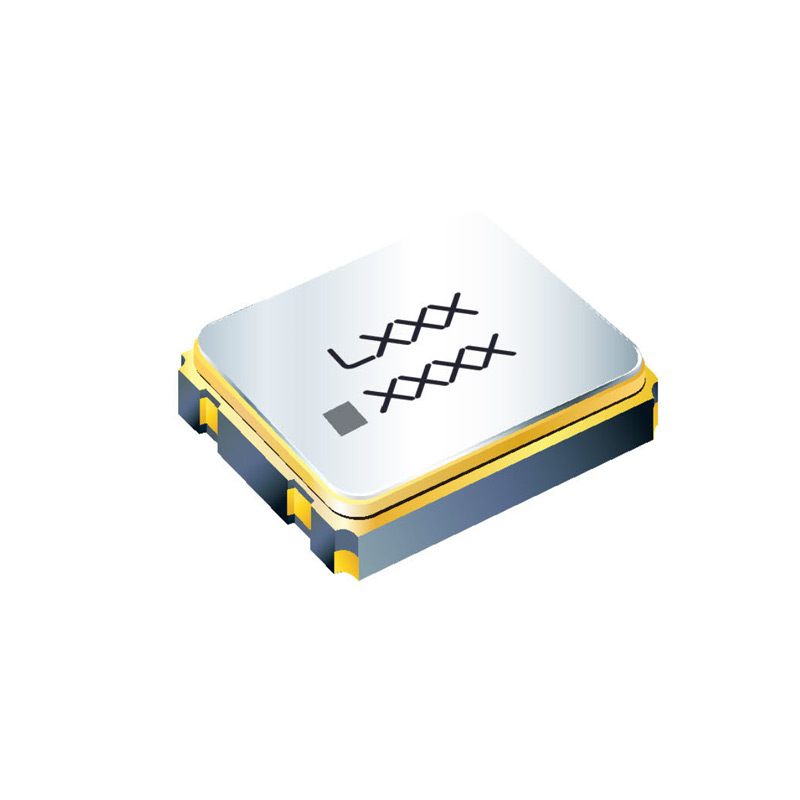Importance of Water Treatment in Pharmaceuticals
Did you know that over 50% of pharmaceutical companies face challenges with water quality? Pharmaceutical water treatment is crucial for ensuring product safety and compliance. Poor water quality can lead to serious consequences, including compromised medications and regulatory fines.
This post dives into the importance of effective water treatment in the pharmaceutical industry. We’ll cover key methods, benefits, and best practices. Understanding these elements will help you navigate the complexities of water treatment. Whether you're in production or quality control, mastering this topic is essential for success. Get ready to enhance your knowledge and ensure your processes meet industry standards.
Key Takeaways
-
Understand the critical role of water treatment in pharmaceuticals to ensure product safety and compliance with industry standards.
-
Assess your facility's water needs by reviewing the specific requirements for different pharmaceutical processes and products.
-
Explore common purification methods such as reverse osmosis and distillation to find the best fit for your operations.
-
Stay updated on advanced technologies in water treatment that can enhance efficiency and reduce costs.
-
Familiarize yourself with regulatory standards to ensure your water treatment processes meet legal requirements and maintain product quality.
-
Recognize the environmental benefits of recycling water and implementing effective wastewater management strategies to promote sustainability in your operations.
Importance of Water Treatment in Pharmaceuticals
Water Quality
High-quality water plays a critical role in the pharmaceutical industry. It is essential for ensuring the safety and efficacy of pharmaceutical products. Contaminated water can lead to serious health risks for patients. This makes water treatment processes vital.
Pharmaceutical companies rely on various pharmaceutical water treatment systems. These systems ensure that the water meets strict quality standards. For instance, reverse osmosis is a common method used to purify water. It effectively removes impurities and contaminants.
Compliance Standards
Compliance with industry regulations is crucial. The U.S. Pharmacopeia sets standards for water quality in pharmaceuticals. Companies must adhere to these standards to ensure product safety. Non-compliance can result in severe penalties, including fines and product recalls.
Water quality directly impacts pharmaceutical product quality. Poor water can affect drug formulation, stability, and effectiveness. Therefore, companies invest in robust pharmaceutical water purification systems to meet regulatory requirements.
Sustainable Practices
Sustainable practices in water usage are increasingly important. Global water scarcity poses a significant challenge for the pharmaceutical industry. Companies must adopt flexible wastewater treatment processes. These processes minimize waste and recycle water efficiently.
Pharmaceutical manufacturers can implement strategies to reduce their water footprint. This includes using advanced technologies and optimizing production processes. By doing so, they not only conserve resources but also enhance their public image.
Treatment Processes
Several pharmaceutical water treatment processes exist to ensure high-quality output. Filtration, distillation, and deionization are among the most common methods used. Each process has its specific applications based on the desired purity level.
For example, distillation removes volatile compounds effectively. Deionization removes ionic impurities from water, making it suitable for sensitive applications. Understanding these processes helps companies select the right system for their needs.
Impact on Production
The impact of effective water treatment on pharmaceutical production is significant. High-quality treated water improves overall manufacturing efficiency. It reduces the risk of contamination during production stages.
Moreover, consistent water quality leads to better batch-to-batch reproducibility. This is essential for maintaining trust with healthcare providers and patients alike.
Overview of Pharmaceutical Water Needs
Types of Water
Pharmaceutical manufacturing requires specific types of water. Water for Injection (WFI) is essential for preparing injectable products. It must meet stringent standards for purity and quality. WFI is produced through distillation or reverse osmosis processes.
Purified water is another critical type. It’s used in various processes, including cleaning equipment and diluting formulations. Purified water must also adhere to strict regulations but has slightly less stringent requirements than WFI.
Volume and Frequency
The volume of water needed varies across different stages of production. For example, the initial formulation stage often demands large quantities of purified water. This stage can use thousands of liters daily.
In contrast, WFI usage occurs less frequently but in larger batches. Each batch may require several hundred liters, depending on the product being manufactured. Consistent water availability is crucial to prevent delays in production schedules.
Quality Control
Maintaining consistent water quality is vital for pharmaceutical processes. Any contamination can lead to defective products. Therefore, facilities implement rigorous testing protocols. They regularly check for impurities and microbial contamination.
The pharmaceutical reverse osmosis requirements ensure that water meets the necessary standards before use. Regular maintenance of filtration systems is essential to uphold these standards. Facilities often conduct routine checks to ensure compliance with regulations set by agencies like the FDA.
Regulatory Compliance
Regulatory bodies impose strict guidelines on pharmaceutical water treatment needs. These include specifications for WFI and purified water production. Compliance ensures that products are safe for consumer use.
Facilities must document their procedures and results diligently. This documentation supports their commitment to quality and safety. Non-compliance can lead to severe penalties, including fines or shutdowns.
Impact on Production
Water quality directly impacts the overall efficiency of pharmaceutical manufacturing. High-quality water reduces the risk of product recalls due to contamination. It also minimizes waste during production processes.
Effective management of water resources leads to cost savings as well. By optimizing water usage, companies can improve sustainability efforts while maintaining product integrity.
Common Methods for Water Purification
Filtration
Filtration is a basic method used in water purification. It removes larger particles and contaminants from water. This method uses physical barriers, such as membranes or sand filters.
While effective for many impurities, filtration does not remove dissolved substances. It may not work well for pharmaceutical applications that require high purity levels.
Reverse Osmosis
Reverse osmosis (RO) is a popular method in pharmaceutical water treatment. It uses a semi-permeable membrane to separate contaminants from water. RO can effectively remove salts, bacteria, and other impurities.
This technique offers several advantages. It produces high-quality purified water. It also requires less energy compared to distillation. However, it has limitations. The initial setup cost can be high. RO systems require regular maintenance to function properly.
Distillation
Distillation involves heating water to create steam and then cooling it back into liquid form. This process separates contaminants based on their boiling points. Distillation is effective at removing many types of impurities, including heavy metals and microorganisms.
However, this method has its downsides. It consumes a lot of energy and time. The process can also alter the chemical composition of the water, which may not always be desirable in pharmaceuticals.
Comparison of Techniques
Different purification techniques vary in effectiveness against contaminants. Reverse osmosis excels at removing dissolved solids and microorganisms. Distillation effectively eliminates volatile compounds but may leave some non-volatile contaminants behind.
Filtration works well for particulate matter but struggles with dissolved substances. Selecting the right method depends on specific needs. For instance, high performance water purification systems often combine techniques for better results.
Selection Criteria
Choosing the appropriate purification method involves several factors. Consider the type of contaminants present in the source water. Also, evaluate the required purity level for the intended pharmaceutical use.
Cost is another important factor. Some methods, like reverse osmosis, have higher upfront costs but lower operating costs over time. Others, like filtration, are cheaper initially but may require frequent replacements.
Finally, assess the scalability of the solution. Some processes fit small-scale operations while others are suitable for large-scale production in a water purification plant.
https://www.orisunindustry.com/RO-water-Treatments.html
Orisun group

